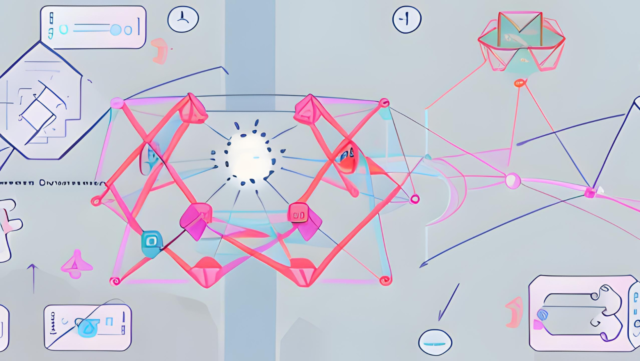Sarah had started her own consulting business, but she was struggling to keep up with the demands of running her own company while also providing top-quality service to her clients. She knew that implementing AI could help her improve her processes and provide better service, but she didn’t know where to start.
That’s when Sarah reached out to Fletter Consulting and signed up for the Executive AI Utility Package. Fletter’s consultants worked with Sarah to identify areas where AI could make the biggest impact, such as using machine learning algorithms to analyze data and automate repetitive tasks.
To analyze data, Fletter’s consultants implemented a machine learning algorithm that could analyze large datasets and identify patterns in client behavior. This information was then used to personalize services and create tailored recommendations for clients. To automate repetitive tasks, Fletter’s consultants used robotic process automation technology to automate tasks such as data entry and report generation.
After implementing these solutions, Sarah saw a significant improvement in her business’s efficiency and client satisfaction. With more accurate data analysis and streamlined processes, she was able to provide better service to her clients and grow her business.
Here’s a breakdown of the technical implementation for a solution like Sarah’s, including the steps, recommended software or systems, estimated resources, and timing required:
Step 1: Define the Problem and Goals
- Identify the business problem or opportunity
- Determine the data needed to solve the problem or exploit the opportunity
- Establish performance criteria to measure the success of the solution
Step 2: Data Collection and Preparation
- Collect and clean data from various sources (e.g., customer behavior data, transactional data, social media data, etc.)
- Ensure the data is accurate, consistent, and relevant to the problem at hand
- Transform the data into a format that is suitable for machine learning algorithms
Recommended Software:
- Data Integration and Cleaning: Alteryx, Trifacta, OpenRefine
- Data Transformation: Python, R, SQL
Estimated Resources and Timing:
- Data Scientist: 2 weeks
- Data Engineer: 2 weeks
Step 3: Algorithm Selection and Model Building
- Select an appropriate machine learning algorithm for the problem (e.g., clustering, decision tree, neural network, etc.)
- Train the algorithm on the transformed data to build a predictive model
- Evaluate the performance of the model using validation techniques
Recommended Software:
- Algorithm Selection: Scikit-learn, TensorFlow, Keras, PyTorch
- Model Building: Python, R, MATLAB
Estimated Resources and Timing:
- Data Scientist: 4-6 weeks
Step 4: Model Deployment and Integration
- Deploy the model in a production environment
- Integrate the model with existing systems and processes
- Provide training and support for end-users
Recommended Software:
- Model Deployment: Amazon SageMaker, Microsoft Azure Machine Learning, Google Cloud AI Platform
- Model Monitoring: Amazon CloudWatch, DataDog, Elastic Stack
Estimated Resources and Timing:
- DevOps Engineer: 2 weeks
- Technical Support: Ongoing
Step 5: Interpretation and Action
- Interpret the results and identify insights and patterns in the data
- Take action based on the insights to solve the business problem or exploit the opportunity
Recommended Software:
- Data Visualization and Reporting: Tableau, Power BI, Google Data Studio
Estimated Resources and Timing:
- Data Analyst: Ongoing
Overall, the implementation of Sarah’s solution will require significant resources, including data scientists, data engineers, and DevOps engineers, as well as ongoing technical support and data analysis. The estimated time to complete the implementation is approximately 16 weeks, depending on the complexity of the solution and the size of the dataset. The recommended software and systems will vary depending on the specific needs of the project and the expertise of the implementation team.



